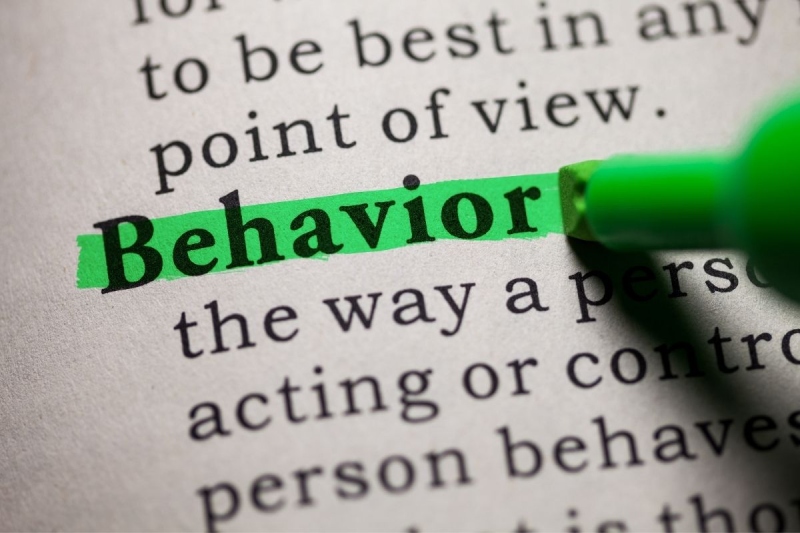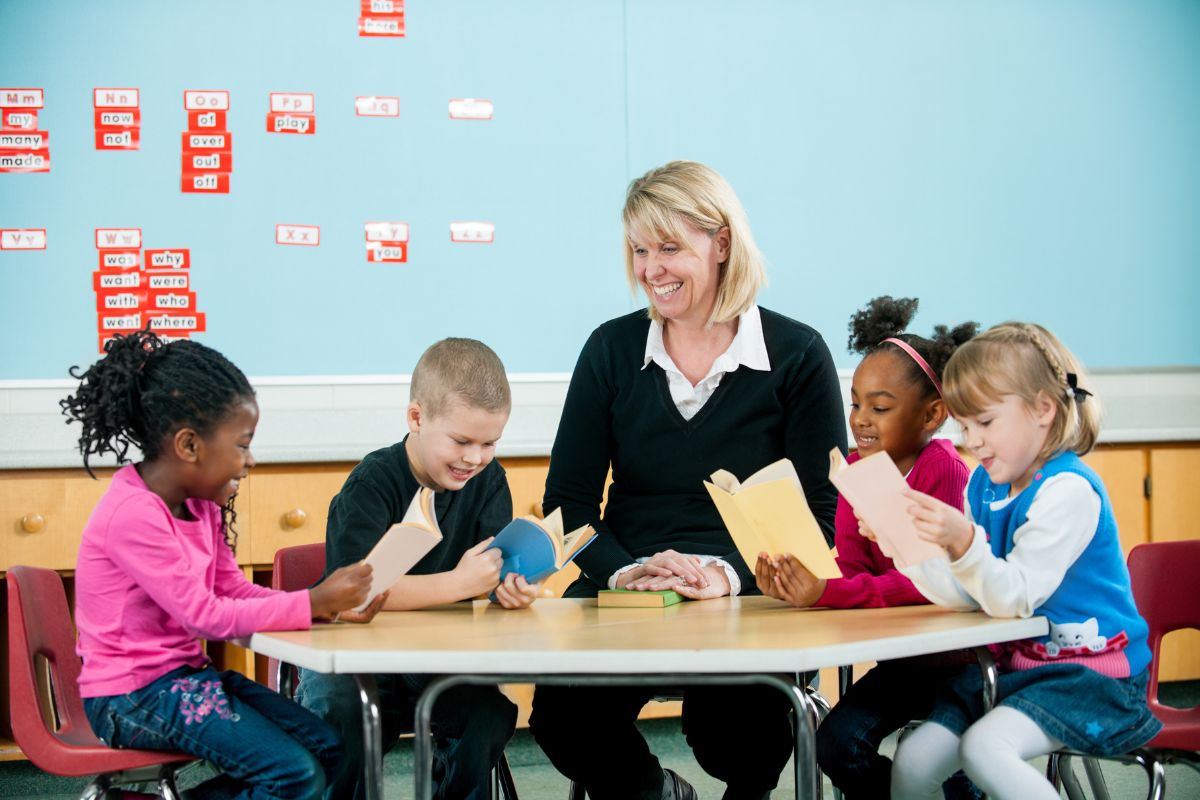Confidence Breeds Success, Success Breeds Confidence: Merging Literacy and Self-Regulation to Increase Achievement (Grades K-12)

As the title declares, when students feel positive and are successful during learning experiences, they achieve. This is even more apparent in the development of literacy skills. When students engage in the ABCs (affective, behavioral and cognitive) they are well situated to capitalize on the experiences that have been proven to develop literacy skills. Yet, how do we build student confidence and self-regulation as they develop literacy skills? Let’s look at the ABCs of student self-regulation and contextualize them within effective literacy skill development practice.
The Self-Regulation and Literacy Connection
Students who are aware of, use and adjust their abilities to self-regulate are more likely to invest effort into learning. Self-regulation for learning is the balancing of affect (feelings), behaviors (actions) and cognition (thinking), or the ABCs of learning. In the development of literacy and learning, owning, managing and adjusting one’s ABCs can have a substantial effect on learning and self-efficacy. When students lack confidence and success with reading and writing development, we oftentimes witness the long-lasting effects in future school experiences.
What is Self-Regulation for Learning and Literacy Development?
Teaching students how to manage their affect, behavior, and cognition (or ABCs) is a critical aspect of achieving learning autonomy which is essential for literacy skill development. Self-regulation for learning is the self-generated management of feelings, behaviors, and thoughts that assist us in attaining personal and academic goals. Let’s look at the ABCs more deeply and how these connect with literacy learning.
A = Affect
How students feel about a learning setting determines the focus of their attention.
When students are able to select texts and have access to many books and materials, they read more, comprehend more and are more motivated to read (Guthrie and Humenick, 2004). Let’s not be mistaken that students should never be provided with teacher selected texts. Rather, when students choose texts, they become more motivated and engaged in reading (Wilhelm and Smith, 2014). Creating a curriculum where there’s access to texts and opportunities for student choice , fosters the positive experiences that will direct their focus and attention. This is also true for writing.

B = Behavior
How students manage themselves in the classroom is considered the behavioral aspect of self-regulation.
These actions include learning strategies and skills; and physical and behavioral management techniques, such as following classroom procedures.
Developing healthy behaviors and habits of reading can have a positive effect on their desire to read and write more. For example,
Reading:
- Giving students choices in what they read increases the motivation to read.
- Students should be taught how to select appropriate (just right) reading materials, so they feel confident in their reading abilities.
- Use literature circles, book clubs, readers’ workshops, guided reading, and other effective practices in developing solid habits of reading.
- Reading aloud to students to serve as a model for fluency and comprehension skills and building vocabulary, background knowledge (Trelease, 2001). The point of reading aloud to students is to demonstrate and model how readers read but should never be used to “cover text” or supplant student reading.
Writing:
- Like reading, giving students choice in what they write increases the motivation to write.
- Forego fill-in-the-blank or short answer responses. Instead, create opportunities for students to write about topics that are personally meaningful and interesting.
- Provide opportunities for students to talk about their reading and writing. When students talk about their reading and writing, they analyze, comment, compare and think about what they have read and written. The research in peer reading and writing discussion documents that comprehension, engagement and motivation improves with this classroom opportunity (Cazden, 1988).
Building the habits of reading and writing and modelling how readers and writers succeed will develop our students’ independence.

C = Cognition
Cognition is the term used for the mental process of learning.
Simple cognition is the recognition of sensory inputs, such as awareness of smells, sounds, tastes, etc., movement, and the recall of factual information, whereas complex cognition is the higher levels of thinking including abstractions of thought in critical reasoning, interpretation, and creativity. The more often students are provided with experiences that encourage complex thinking beyond factual retrieval, the more likely they will be to use advanced levels of thinking more fluently.
Reading, writing and language skills are the foundation for all learning. Without literacy habits, behaviors and engagement, critical thinking and advanced learning is untenable. In the literacy classroom, we should develop students’ critical thinking and cognition by asking great questions like “Why are some stories worth telling?” or “What are the limits of friendship?” as students explore different texts and write about them. Simple fill-in-the-blank or rote questions that can easily be answered without reading the test are fruitless tasks. Deep conceptual questions that are rooted in, and drive inquiry must be the cornerstone of the literacy classroom.

The good news is that the development of student self-regulation and high impact literacy instruction are not expensive, nor are they difficult to implement. Focusing on the tri-dimensional relationship of self-regulated learning: affective, behavioral and cognitive provides the pathway and assurance of effective literacy instruction.
This article is available and can be accessed in Spanish here.
Allington, R. L., & Gabriel, R. E. (2012). Every child, every day. Educational leadership, 69(6), 10-15.
Dweck, C. S. (2008). Mindset: The new psychology of success. Random House Digital, Inc..
Guthrie, J. T., & Humenick, N. M. (2004). Motivating students to read: Evidence for classroom practices that increase motivation and achievement. In P. McCardle & V. Chhabra (Eds.), The voice of evidence in reading research (pp. 329–354). Baltimore: Paul Brookes.
Hidi, S., & Ainley, M. (2008). Interest and self-regulation: Relationships between two variables that influence learning.
Schunk, D. H., & Zimmerman, B. J. (Eds.). (2012). Motivation and self-regulated learning: Theory, research, and applications. Routledge.
Wilhelm, J. D., Smith, M. W., & Fransen, S. (2014). Reading unbound: Why kids need to read what they want-and why we should let them. Scholastic.










